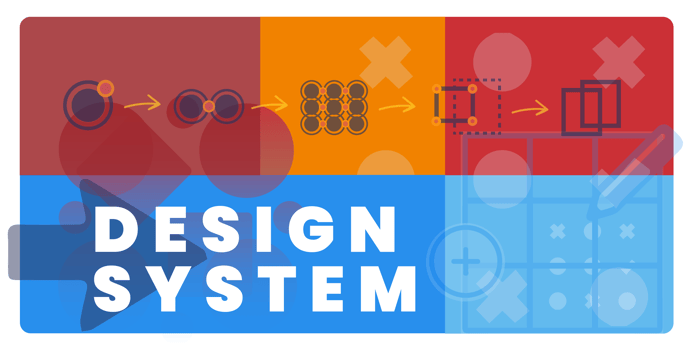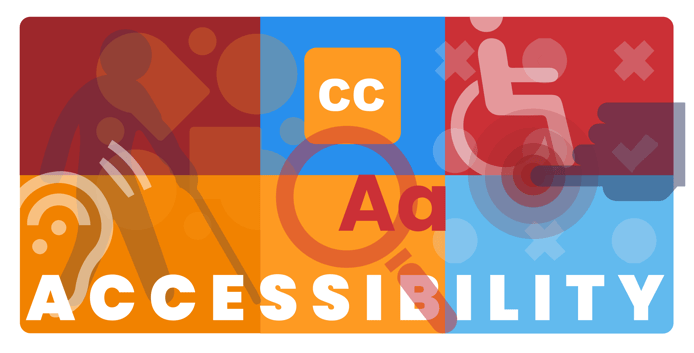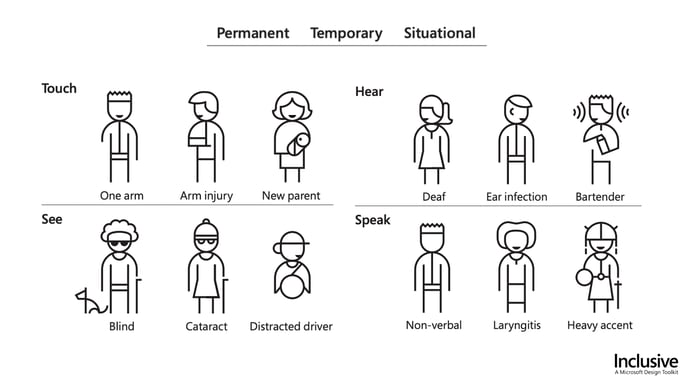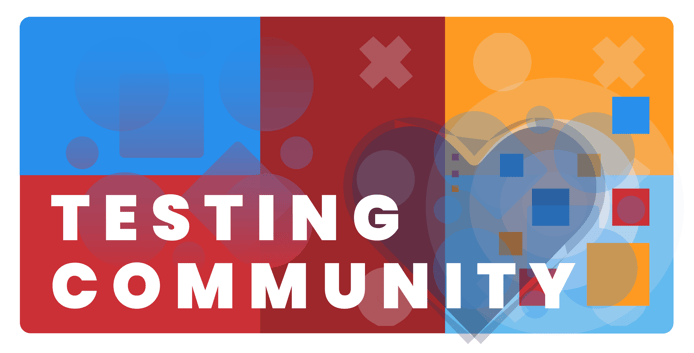There are some things you just have to prioritize for product design excellence. Retaining great talent and building incredible products in 2023 requires intentionality. But where should you focus your intention?
In this post, learn about three areas you should intentionally invest in for the health of your product design team and for the health of your products:
-
True design system
-
Thoughtful accessibility features
-
Ready-to-engage community of testers
We need each other. We need technology to work in collaboration with us, not against us. In recent years we’ve all been discussing how work culture (the health/happiness of your product design team) and business (the health of your product) relate to one another.
Your team needs a true design system.

A working, open design system helps your team collaborate better, faster, and smarter. In case you missed the memo the past few years, this is a critical step if you’re serious about maturing your product design strategy. Most designers expect this on day one. Every great product development team in 2023 is scaling products with a design system.
Reflect: How would you rate your design system according to usability? reusability? accessibility? and contribution? Are products easily scaled and are you designing for sustainability?
Design systems create a path to true sustainability. If you don’t invest in a design system, inconsistency in designs and slow, outdated product development processes will continue impacting your bottom line. A style guide and component library just isn’t enough to scale products and services these days. Only a true, integrated design system, led by designers and developers 50/50, will get you there.
Your team should be designing accessibility features.

Working on thoughtful accessibility features helps your product work better for everyone. More often than not, something that is designed and built as an accessibility enhancement actually enhances the user experience for everyone else using the product, too.
Take, for instance, closed captioning. It’s become common for Netflix watchers to use closed captioning regularly, even if they have the ability to hear. The feature originally designed for disabled people is useful to able-bodied people too. And for many reasons, including trying to watch/listen to your favorite show in a loud house, or at bedtime (if you know you know).
Now’s the time to finally get serious about accessibility and embrace it as a critical component of your product design strategy.

Pro tip: Expand your idea about accessibility design by considering how everyday people experience temporary and situational challenges every day. Interview and observe the people you serve and bring them into your process so you can design intentionally for those different experiences.
According to a study by Monsido, 15% of the worldwide population has a disability of some kind (WHO). 1/4 of Americans experience disability. That’s about 74.6 million people. Globally, 1-3% of the population has some sort of intellectual disability. And 23% percent of the study respondents reported they “never” go online. (1)
Often, we design for people just like us, people online all day as part of our jobs and everyday experiences. It’s easy to overlook opportunities to make our products work better for everyone when we have little to no experience with or exposure to real-life disabilities. It’s time to do better.
Reflect: How is accessibility handled on your team? Are differently abled users considered throughout the design process? How might your current designs succeed, or fail, at serving different abilities, and how might you alter your approach to better align with their needs?
Your team needs a community of testers.

Having access to an active list of people who can readily test your product features, especially the usability and accessibility of critical user flows, should be about standard these days. Better than a list, create actual relationships. Consumer expectations are only heightening as technology, and product design advances at faster and faster rates.
Needs and norms are always changing. People live all over the world, they travel, they download dozens of new apps a year, they speak multiple languages, and their attention span, as well as their patience for poorly designed products, is quickly shrinking. The leading product design teams establish some sort of user testing group they can regularly rely on for product design testing. Have you?
Reflect: Do you have a beta testers group? Are you actively engaging with your users? Inviting them into your product design process? Has your team established relationships with all types of users? And is it easy to connect with them to test ideas on a regular basis?
Conclusion
Investing in your product design team is critical for retaining great talent and building impactful products. By intentionally focusing on areas such as creating a true design system, designing thoughtful accessibility features, and cultivating a community of testers, your team can collaborate better, innovate faster, and create products that work for everyone. It's an exciting time to be in product design, and by embracing these strategies, you can help ensure that your team and products thrive in the years to come!
What do you think?
We’d love to hear your reflections over on our Community Discord. Chat with the Bitovi Product Design team anytime about design systems, accessible design, and testing groups. If you have tips or opinions to share with the group, join the product design channel!
Sources:
1. 33 Accessibility Statistics You Need to Know in 2023



![Deploy Docker to EC2: Root Domain Deploy [Part 2]](https://www.bitovi.com/hs-fs/hubfs/Deploy%20Docker%20to%20EC2-%20Root%20Domain%20Deploy%20%5BPart%202%5D.png?height=117&name=Deploy%20Docker%20to%20EC2-%20Root%20Domain%20Deploy%20%5BPart%202%5D.png)
